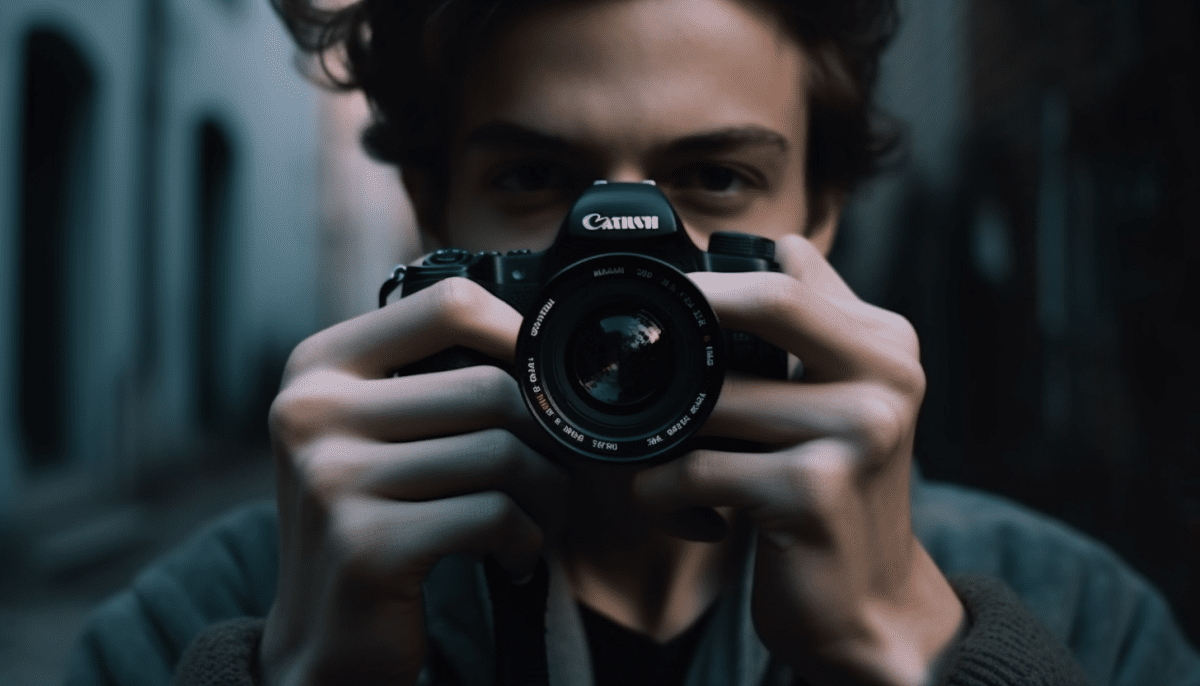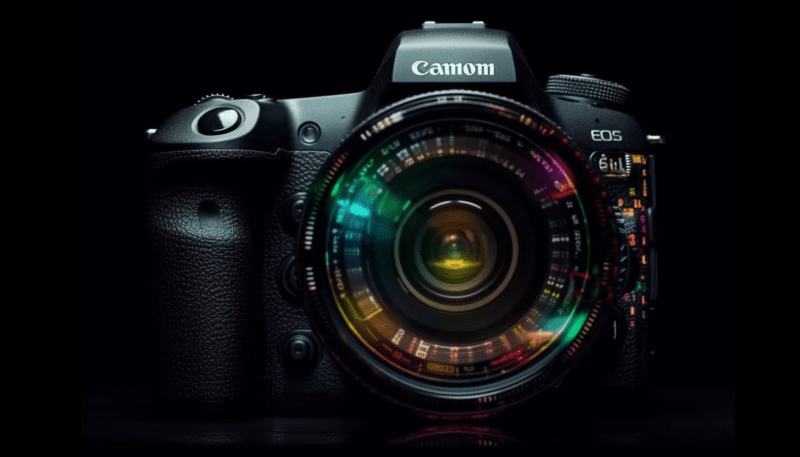Getting to know your camera settings is like discovering a whole new world of photography. When you take the time to understand how each setting works, you can really start to elevate your shots from ordinary to stunning. Let’s dive into some key settings you should master.
Aperture: This setting controls how much light enters your camera and affects the depth of field in your images. A wide aperture (like f/1.8) creates a beautiful blurred background, perfect for portraits. On the other hand, a narrow aperture (like f/11) keeps more of the scene in focus, which is great for landscapes. Play around with this setting to see how it affects your photos.
Shutter Speed: This one determines how long your camera’s sensor is exposed to light. A fast shutter speed (like 1/1000) can freeze motion, making it ideal for action shots. If you want to capture movement, try a slower shutter speed (like 1/10) for a cool blur effect, but be careful to keep the camera steady!
ISO: ISO controls your camera’s sensitivity to light. A lower ISO (like 100) is great for sunny days, while a higher ISO (like 1600) is helpful in low light. Just remember, higher ISO can introduce noise, which might not be what you want. Find the balance that works for your shooting environment.
Getting familiar with these settings may feel a little overwhelming at first, but it’s totally worth it! Take your camera out, experiment, and have fun. You'll quickly find that using manual settings will give you much more control and creativity in your photography.
Explore Essential Lenses for Every Situation
When it comes to photography, having the right lens can make all the difference. Whether you're capturing landscapes, portraits, or close-up shots, there’s a lens out there designed just for that! Let's dive into some essential lenses that can truly unlock the potential of your DSLR.
1. Standard Zoom Lens
This is often the go-to lens for many photographers. A standard zoom lens, like a 24-70mm, gives you the flexibility to shoot a variety of scenes without changing lenses constantly. It’s perfect for everyday use, family gatherings, or even travel. You’ll love how it can handle both wide-angle shots and closer portraits!
2. Prime Lens
If you want to take your portrait game up a notch, a prime lens is a fantastic option. Lenses like the 50mm f/1.8 are great for sharp images and beautiful backgrounds due to their wide aperture. They work wonders in low light, so you can capture stunning photos even when the sun starts to go down.
3. Wide-Angle Lens
For those breathtaking landscape shots, a wide-angle lens is your best friend. Lenses ranging from 10-18mm can pull in more of the scene while adding a dramatic perspective. Perfect for travel, nature photography, or even real estate, these lenses help you tell a bigger story with your images.
4. Macro Lens
If you’re into detail, a macro lens is a must. These lenses let you get up close and personal with flowers, insects, and textures, revealing worlds that often go unnoticed. It’s a fun way to explore photography and can add a creative touch to your portfolio.
Discover Tips for Stunning Composition Techniques
Getting the hang of composition can really elevate your photography. Here are some easy tips to help you frame your shots like a pro!
Rule of Thirds: Imagine your image is divided into nine equal parts by two horizontal and two vertical lines. Try to place key elements along these lines or at their intersections. This simple trick can make your pictures feel more balanced and interesting.
Leading Lines: Use natural lines in your environment, like roads, paths, or rivers, to draw the viewer's eye towards the main subject. It adds depth and guides the viewer through the story you're telling with your photo.
Framing: Look for natural frames in your surroundings, such as doorways, trees, or arches. Framing can help isolate your subject and make it stand out. It’s an easy way to add context and focus to your photos.
Breaking the Rules: While these tips are great guidelines, don’t be afraid to experiment! Sometimes, breaking the rules leads to the most unique and captivating shots. Trust your instincts and have fun with it!
Edit Your Photos Like a Pro in Minutes
Editing your photos can seem overwhelming, but it doesn’t have to be! With the right tools and some simple techniques, you can enhance your images like a pro in just minutes. The good news? You don’t need a degree in photography to make your DSLR shots look stunning.
First things first, choose a user-friendly editing software. Programs like Adobe Lightroom or free options like GIMP are great starting points. They have all the features you need without the complicated stuff that can make editing feel like a chore. Spend a little time getting familiar with the basics—adjusting exposure, contrast, and color balance can make a world of difference!
Once you have your software ready, start with the basics. Crop your photos to focus on the subject and remove distractions. Playing with brightness and contrast can really bring out details that might be lost in shadows. Don’t forget to use the saturation and vibrance tools; they can boost the colors without making them look unnatural.
Finally, apply some finishing touches. A subtle vignette can draw attention to the center of your image, while sharpening can help details pop. And remember, it’s all about enhancing your work, not overdoing it. Keep practicing, and soon, you’ll find your own style that feels just right for you!



